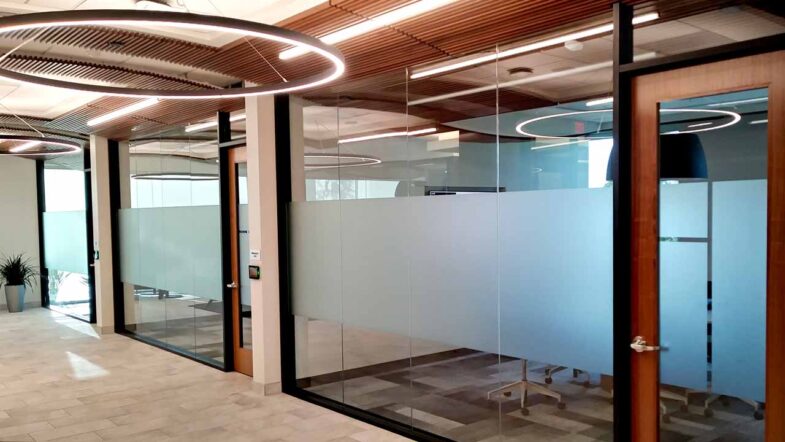As technology continues to advance, smart solutions are revolutionizing various aspects of our daily lives. In the realm of home and building technologies, smart windows are emerging as a cutting-edge innovation. This article explores the future of smart windows, focusing on the integration of technology with commercial window tint. We delve into the transformative potential of these intelligent window systems and the myriad benefits they bring to the realms of energy efficiency, comfort, and convenience.
Understanding Smart Windows:
Smart windows, also known as dynamic windows, are windows equipped with technology that allows for automatic tinting or adjustment of transparency in response to changing environmental conditions. This technology aims to optimize natural light, reduce glare, and enhance energy efficiency within a space. Traditionally, smart windows have been associated with electrochromic or thermochromic technologies, but the integration of tint films is poised to take these innovations to the next level.
Integration of Tint Films with Smart Window Technology:
Tint films, commonly known for their ability to block UV rays and regulate interior temperatures, are now being combined with smart window technology to create a dynamic and responsive window system. These films can be engineer to respond not only to sunlight but also to external stimuli such as temperature, time of day, and user preferences. This integration allows for a more customizable and adaptive solution to meet the diverse needs of homeowners and building occupants.
Benefits of Smart Windows with Tint Films:
- Energy Efficiency:
Smart windows with integrated tint films contribute significantly to energy efficiency. By automatically adjusting tint levels based on external conditions, these windows can minimize heat gain in the summer and optimize heat retention in the winter, reducing the reliance on artificial heating and cooling systems. - Comfort and Well-being:
The dynamic control offered by smart windows enhances occupant comfort. Glare from direct sunlight can be minimize, and natural light can be optimize. Creating a more pleasant and productive indoor environment. Additionally, the ability to block harmful UV rays ensures the well-being of occupants by protecting them from potential health hazards associated with prolonged sun exposure. - Convenience and Automation:
The integration of tint films with smart window technology allows for automation and seamless control. Users can preset preferences or rely on sensors to adjust tint levels, reducing the need for manual intervention. This level of automation enhances the overall convenience of managing the indoor environment. - Adaptability to Changing Conditions:
Smart windows with tint films adapt in real-time to changing environmental conditions. Whether it’s a sudden increase in sunlight or a drop in temperature. These windows respond swiftly to maintain optimal conditions within the space, creating a more adaptable and resilient building envelope.
Future Outlook:
The future of smart windows with integrated tint films holds tremendous promise for sustainable and intelligent building design. As research and development in this field progress, we can anticipate even more sophisticated systems that seamlessly blend energy efficiency, user comfort, and advanced technology. From residential homes to commercial buildings. The integration of tint films with smart windows is set to redefine the way we experience and interact with our build environments.
Conclusion:
The marriage of smart window technology and Commercial window tint represents. A pivotal step towards creating smarter, more energy-efficient, and comfortable living and working spaces. As these innovations continue to evolve, the future holds exciting possibilities. A seamless integration of technology and design. Revolutionizing the way we perceive and interact with our windows and the environments they connect us to.

